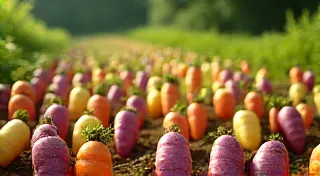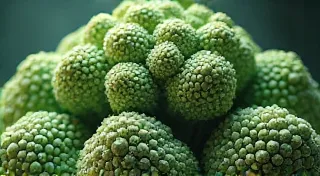White Eggplant: A Unique and Elegant Vegetable
Forget the deep purple hues you typically associate with eggplant! The world of vegetable gardening holds surprising treasures, and white eggplant is a truly captivating one. Beyond its striking appearance, this unusual variety offers a delicious flavor and adds a touch of elegance to any garden or meal. Let's delve into the specifics of growing this beautiful vegetable, from planting to harvesting, plus explore some fantastic recipe ideas.
What is White Eggplant?
White eggplant, also sometimes called Ghost Eggplant, isn't a single variety but rather a designation for several eggplant cultivars that produce fruit with a creamy white or pale yellow skin. These varieties are often heirloom or open-pollinated, meaning the seeds can be saved and replanted year after year. Their delicate color comes from a lack of anthocyanin pigments, the compounds responsible for the purple and dark colors in most eggplant. The visual impact of incorporating these unique varieties can be truly remarkable, transforming the look and feel of your garden. Thinking about other unconventional varieties can be inspiring - for example, the beauty of striped tomatoes and their unusual coloration.
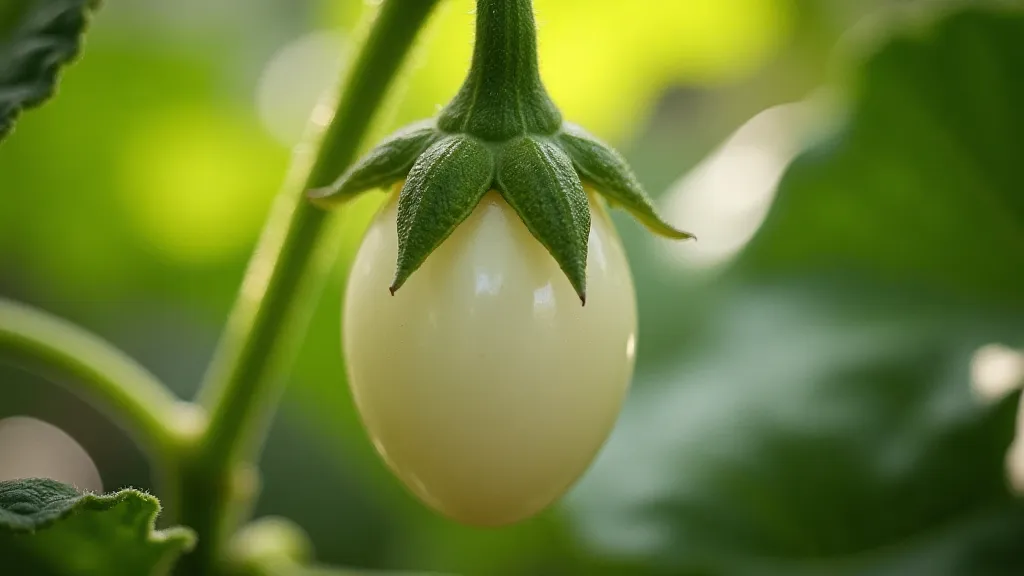
Growing White Eggplant: A Step-by-Step Guide
Growing white eggplant follows similar principles to growing standard eggplant, but here are a few considerations to maximize your success:
1. Starting Seeds or Buying Transplants
You can start white eggplant seeds indoors 6-8 weeks before the last expected frost. Alternatively, purchase healthy transplants from a reputable nursery. Look for plants that are sturdy and have deep green leaves.
2. Planting Location & Soil
Eggplants, including white varieties, need a sunny spot with at least 6-8 hours of direct sunlight per day. They thrive in well-drained, fertile soil with a slightly acidic pH (around 6.0-6.8). Amend your soil with compost or well-rotted manure before planting. The composition of your soil and the way you arrange your garden can really create a narrative – consider how different tastes and textures play a role in that, similar to the concept of the cartographer's garden, where every element contributes to a carefully curated experience.
3. Planting & Spacing
If transplanting seedlings, space them about 24-36 inches apart. Dig a hole slightly larger than the root ball and gently loosen the roots before planting. Water thoroughly after planting.
4. Watering & Fertilizing
Keep the soil consistently moist, especially during hot, dry weather. Water deeply at the base of the plant to avoid wetting the leaves, which can encourage disease. Fertilize every 2-3 weeks with a balanced fertilizer.
5. Support & Pruning
As the plant grows and produces fruit, it may need support to prevent the branches from breaking. Use stakes or cages to provide support. Pruning is generally minimal, but removing lower leaves can improve air circulation and reduce disease risk.
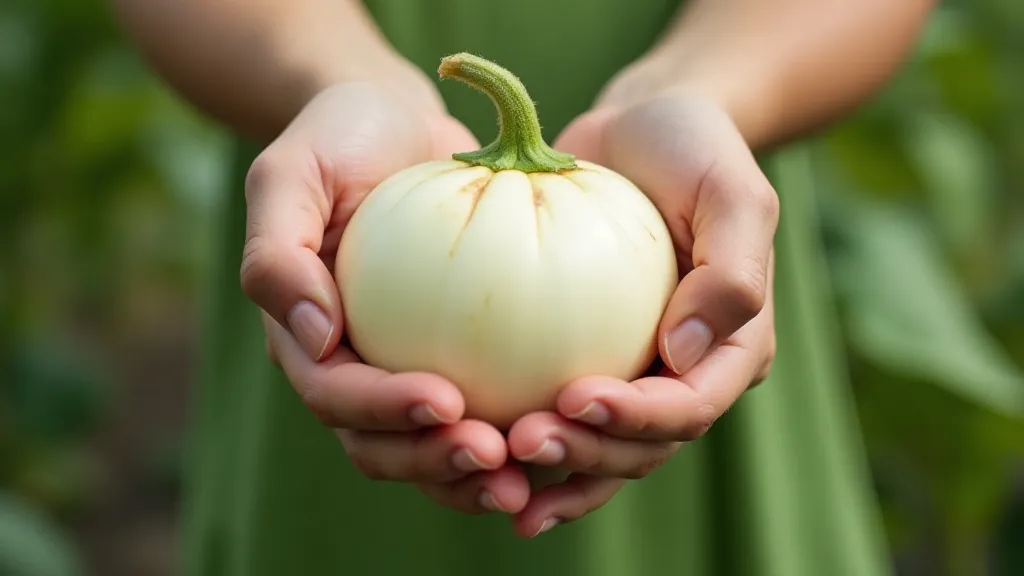
6. Pest & Disease Control
Eggplants are susceptible to pests like aphids, flea beetles, and tomato hornworms. Regularly inspect your plants and take action promptly to control any infestations. Common diseases include fungal leaf spot and verticillium wilt. Ensure good air circulation and avoid overwatering to minimize disease risk. The visual language of your garden – the colours and shapes – can really define its personality. This holistic approach to garden design can be an incredibly powerful tool, influencing not only the appearance but also the overall experience – a concept explored in detail when considering chromatic echoes in vegetable gardens.
7. Harvesting
Harvest white eggplant when the skin is still smooth and glossy, and the fruit is firm to the touch. The size will vary depending on the variety, but generally, they’re harvested when they’re 6-8 inches long. Don’t wait too long, as overripe eggplant can become bitter.
Delicious White Eggplant Recipes
White eggplant’s subtle flavor makes it incredibly versatile in the kitchen. It takes on flavors beautifully and is a stunning addition to any dish. Here are a few ideas:
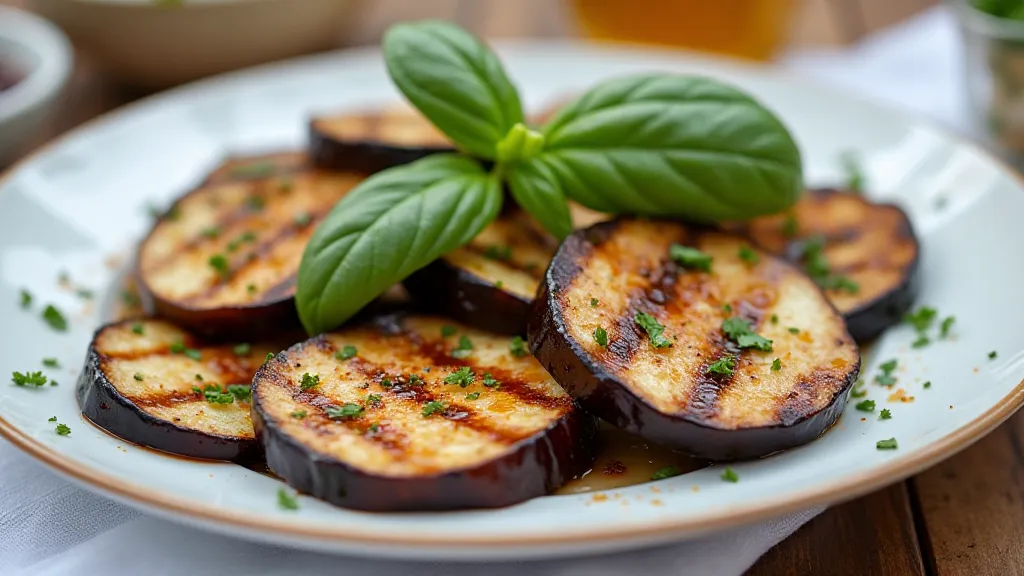
The process of growing unique vegetables like white eggplant can be quite involved, requiring attention to detail and an understanding of their specific needs. Some varieties, like Romanesco broccoli, present fascinating challenges due to their unique structure and growth patterns. Mastering the art of cultivating something as geometrically intricate as romanesco broccoli really showcases a gardener’s dedication and skill.
Adding Elegance to Your Garden Design
Beyond their deliciousness, white eggplants add a touch of sophistication to any garden design. Their pale color provides a lovely contrast to darker foliage and vibrant flowers. They’re a conversation starter and a truly unique addition to your vegetable patch. Why not try incorporating them into your next garden project?
Cultivating a garden that blends aesthetics and functionality is a rewarding endeavor. Beyond the visual appeal, a well-designed garden fosters a connection with nature and provides a space for relaxation and inspiration. The careful selection of plants, the arrangement of elements, and the overall atmosphere contribute to a holistic experience. The deliberate choice to include unusual vegetables like white eggplant speaks to a desire for something different, something that elevates the garden beyond the ordinary. The subtle interplay of textures, colors, and shapes transforms the space into a living work of art.
Consider also the symbolic meaning that various plants can convey. White, for example, often represents purity, innocence, and peace. Incorporating white eggplant into your garden not only adds visual interest but also imbues the space with a sense of tranquility. The juxtaposition of the delicate white fruit against the backdrop of lush green foliage creates a harmonious balance. This thoughtful approach to garden design reveals a deeper appreciation for the power of nature to evoke emotions and inspire creativity.
To truly appreciate the beauty and potential of your garden, it’s essential to continually learn and experiment. Explore new techniques, discover unusual varieties, and embrace the unexpected. Each season brings new opportunities for growth and discovery. Don't be afraid to take risks and challenge conventional wisdom. The rewards are immeasurable.



